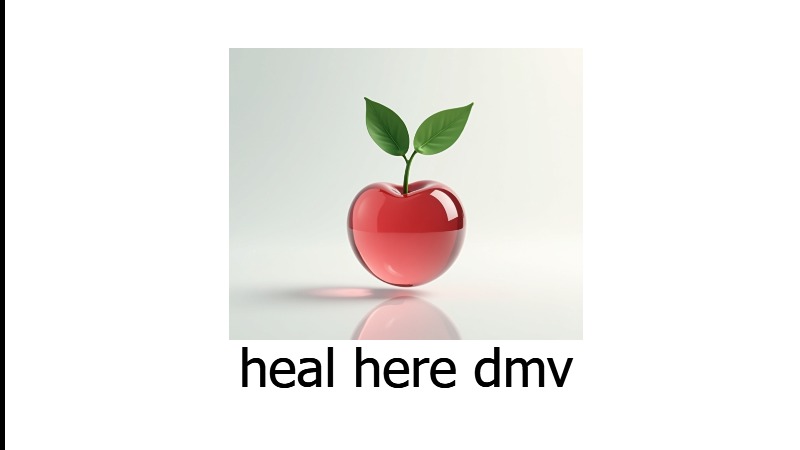
Understanding Measles: A Closer Look at Its Impact
Every year, a "measles outbreak" pops into the headlines, stirring public concern, and in some cases, hysteria. But what’s the real story behind these reported outbreaks? Why does the media hone in on unvaccinated children as the culprits? Understanding the historical context of measles and vaccines is essential in unpacking this complex narrative. In a recent analysis, significant trends reveal startling statistics about measles mortality and the implications of vaccination.
The Historical Decline of Measles Mortality Rates
Groundbreaking research by Roman Bystrianyk and Suzanne Humphries meticulously documents the decline in measles mortality rates before the vaccine was even introduced. In the United States, the mortality rate dropped over 98% before the measles vaccine was made widely available in 1963. Similarly, in England and Wales, there was a decline of more than 99% leading up to the vaccine’s introduction in 1968. This leads to an important question: what was causing these declines in mortality rates if not the vaccine itself?
Other Influencing Factors on Health Improvements
Beyond the vaccine, multiple factors contributed to the significant drop in measles-related deaths. Improvements in nutrition, sanitation, and healthcare access played a pivotal role. Prior to the vaccine’s widespread use, the combination of these key factors created a dramatic shift in overall public health. This highlights a crucial aspect often overlooked in discussions surrounding vaccines: the impact of environmental and socio-economic changes on disease mortality.
Counterarguments: The Vaccine Debate
Despite the significant decline in measles mortality rates prior to vaccination, the public discourse often centers around the necessity of vaccines in preventing outbreaks. While vaccines undoubtedly fulfill a role, recognizing that they are not the sole reason for decreased mortality is vital. There are also growing voices questioning vaccine safety, echoing concerns that resonate in communities wary of medical interventions. However, it’s crucial to balance these voices with rigorous scientific data to arrive at an informed perspective.
The Emotional Fallout from Vaccination Debates
The discussion around measles and vaccines is not just factual; it deeply affects families, creating divisions in communities. Parents are left navigating the tension between protecting their children and adhering to societal expectations around vaccination. These emotional narratives often highlight the fear associated with potential health risks, regardless of statistical data. Empathy towards differing viewpoints can help bridge divides and foster understanding in this polarizing topic.
What It Means for Public Health Moving Forward
The converging trends of vaccine skepticism and historical health improvements indicate a need for nuanced public health strategies. Engaging communities in open dialogue around vaccines, while acknowledging their contributions to health, may encourage a more cohesive approach to health education. As we continue to confront infectious diseases, the ability to communicate effectively about both historical context and current science has never been more important.
Conclusion: What Can We Do?
As we navigate the complex conversations surrounding measles and vaccination, it’s essential to remain informed and compassionate. Understanding the underlying historical and social dynamics can empower families to make the best health decisions for themselves. Engaging in community conversations, supporting local health initiatives, and fostering open-mindedness towards all viewpoints can inspire healthier, more informed choices.
Take a moment to engage with your community. Whether it’s attending a local health seminar or discussing vaccination views with your neighbors, every effort counts. Building connections strengthens our resilience against public health challenges.
 Add Row
Add Row  Add
Add 



Write A Comment